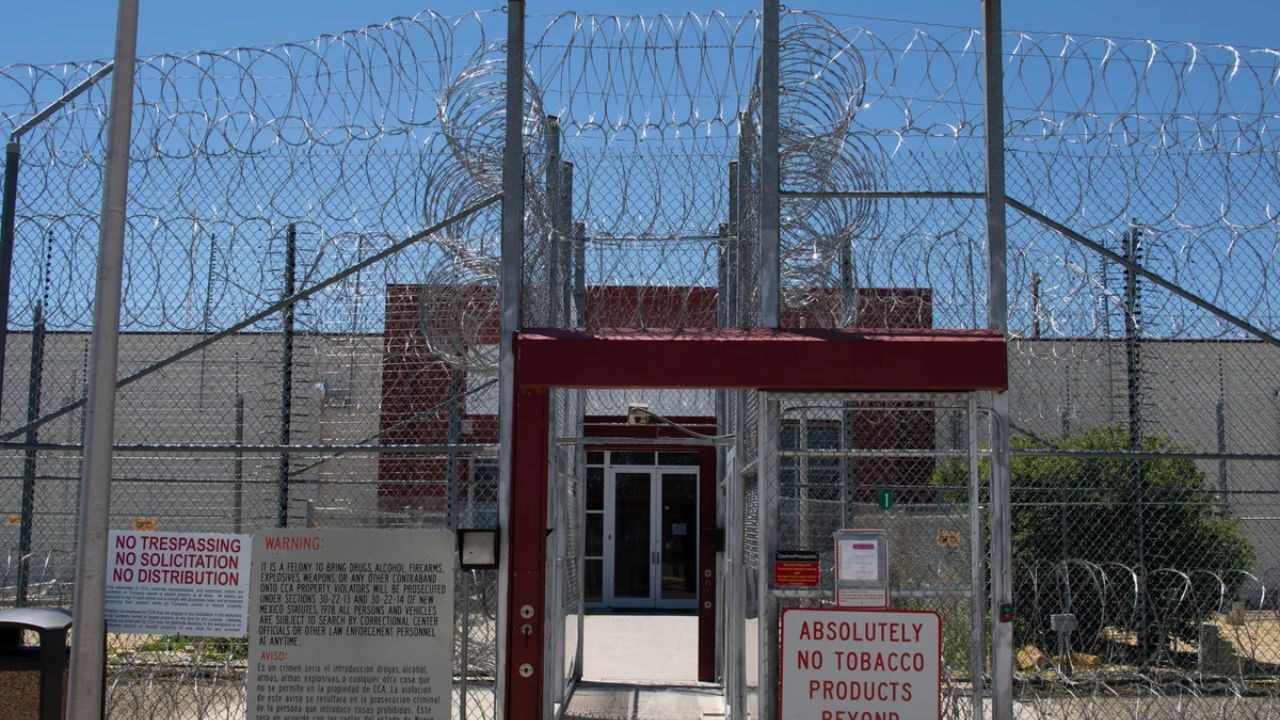Social Security is an essential program in the United States, providing financial support to millions of individuals who are retired, disabled, or survivors of deceased workers.
However, for many people, a major concern is whether Social Security will run out or become unsustainable shortly. This question is particularly relevant as the nation faces an aging population and changing economic dynamics.
Let’s explore the situation and what could happen to your Social Security benefits in the future.
The Current State of Social Security
Social Security is funded through payroll taxes collected from workers and their employers. The Federal Insurance Contributions Act (FICA) tax takes a percentage of your earnings and contributes to both Social Security and Medicare.
Currently, workers pay 6.2% of their income into Social Security, and employers match that amount, making the total contribution 12.4%. Self-employed individuals contribute the full 12.4%.
These funds go into two trust funds: the Old-Age and Survivors Insurance (OASI) Trust Fund and the Disability Insurance (DI) Trust Fund.
The OASI fund is the one that provides benefits for retirees, while the DI fund covers those who are disabled and unable to work. These trust funds are supposed to ensure that Social Security benefits are paid out to eligible individuals even if the economy goes through a tough period.
Will Social Security Run Out?
While Social Security is not “running out” in the literal sense, it is facing financial challenges. The system was designed based on demographic assumptions that are no longer true today.
The most significant change is the aging population. As more baby boomers retire, fewer workers are contributing to the system. According to the Social Security Administration (SSA), the trust funds will be depleted by 2034 if no changes are made.
At that point, Social Security will no longer be able to pay 100% of the promised benefits. However, it’s important to understand that this doesn’t mean Social Security will disappear altogether.
The system will still be funded by ongoing payroll taxes, but it will only be able to pay about 78% of the benefits it is obligated to distribute.
This means that while you might still receive some benefits, the amount may be significantly reduced unless reforms are made.
What Could Happen to Your Benefits?
If the trust funds run out, the SSA would still be able to pay benefits, but they would be at a reduced rate. This reduction would affect everyone who receives Social Security benefits, including retirees, disabled individuals, and survivors of deceased workers.
The reduction in benefits could be substantial, which could leave many people struggling to make ends meet. Here’s how it could impact different groups:
1. Retirees
Retired individuals rely on Social Security as a major source of income. For many, it constitutes a significant portion of their retirement savings.
If benefits were reduced, retirees might need to depend more on their personal savings, pensions, or other retirement accounts. This could lead to financial difficulties for those who didn’t save enough for retirement or those who are living longer lives.
2. Disabled Individuals
Social Security provides critical support for those who are disabled and can no longer work. If benefits were cut, many disabled individuals might face hardships in maintaining their living standards.
The loss of income could lead to an increased reliance on other forms of government assistance or charity, potentially straining these systems as well.
3. Survivors
For surviving spouses and children of deceased workers, Social Security benefits provide crucial financial support.
A reduction in these benefits could be devastating, especially for families already struggling financially. Survivors might have to look for other sources of income or reduce their living standards significantly.
What Can Be Done to Prevent It?

The good news is that Social Security is fixable. There are several potential solutions to ensure that Social Security can continue paying full benefits.
These solutions generally focus on either increasing the revenue coming into the system or reducing the benefits paid out. Here are some of the options that lawmakers are considering:
1. Increasing Payroll Taxes
One simple solution would be to increase the payroll tax rate. Currently, workers pay 6.2% of their income into Social Security, and employers match that amount.
If the payroll tax rate were increased by even a small percentage, it could bring in more revenue for the trust funds. However, raising taxes could be politically unpopular and place a higher burden on workers and businesses.
2. Raising the Cap on Taxable Earnings
Right now, there is a cap on the amount of income that is subject to Social Security taxes. In 2025, this cap is set to be $160,200.
This means that any income above this amount isn’t taxed for Social Security purposes. By eliminating or raising the cap, more high-income earners would contribute to the system, which could help sustain it for longer.
3. Increasing the Full Retirement Age
Currently, the full retirement age (FRA) for Social Security benefits is between 66 and 67, depending on the year you were born.
One proposal is to increase the FRA to 70, which would reduce the number of people drawing full benefits and increase the amount that people contribute over their working years.
However, this would be an unpopular option, especially for people in physically demanding jobs who may not be able to work longer.
4. Reducing Benefits
Another option would be to reduce benefits for high-income earners or reduce the cost-of-living adjustments (COLAs) that retirees receive.
While this might help balance the system, it could be controversial as it would disproportionately affect wealthier retirees.
5. Investing in the Trust Funds
Some experts suggest that the trust funds could be invested in a more diversified portfolio, rather than the current strategy of investing only in U.S. Treasury securities.
This could help generate a higher return on the trust funds and make them last longer. However, this idea also comes with risks and would require changes to the way Social Security is managed.
Conclusion: What You Can Do?
While there is a possibility that Social Security benefits could be reduced in the future, it’s not an inevitable outcome. Lawmakers still have time to take action to strengthen the system and ensure that future generations receive the benefits they are promised.
In the meantime, it’s a good idea to prepare for the possibility of reduced benefits by saving for retirement, exploring other sources of income, and being proactive about your financial planning.
By diversifying your savings and investing wisely, you can ensure that you’re not solely dependent on Social Security in your later years.
Disclaimer- Our team has thoroughly fact-checked this article to ensure its accuracy and maintain its credibility. We are committed to providing honest and reliable content for our readers.






